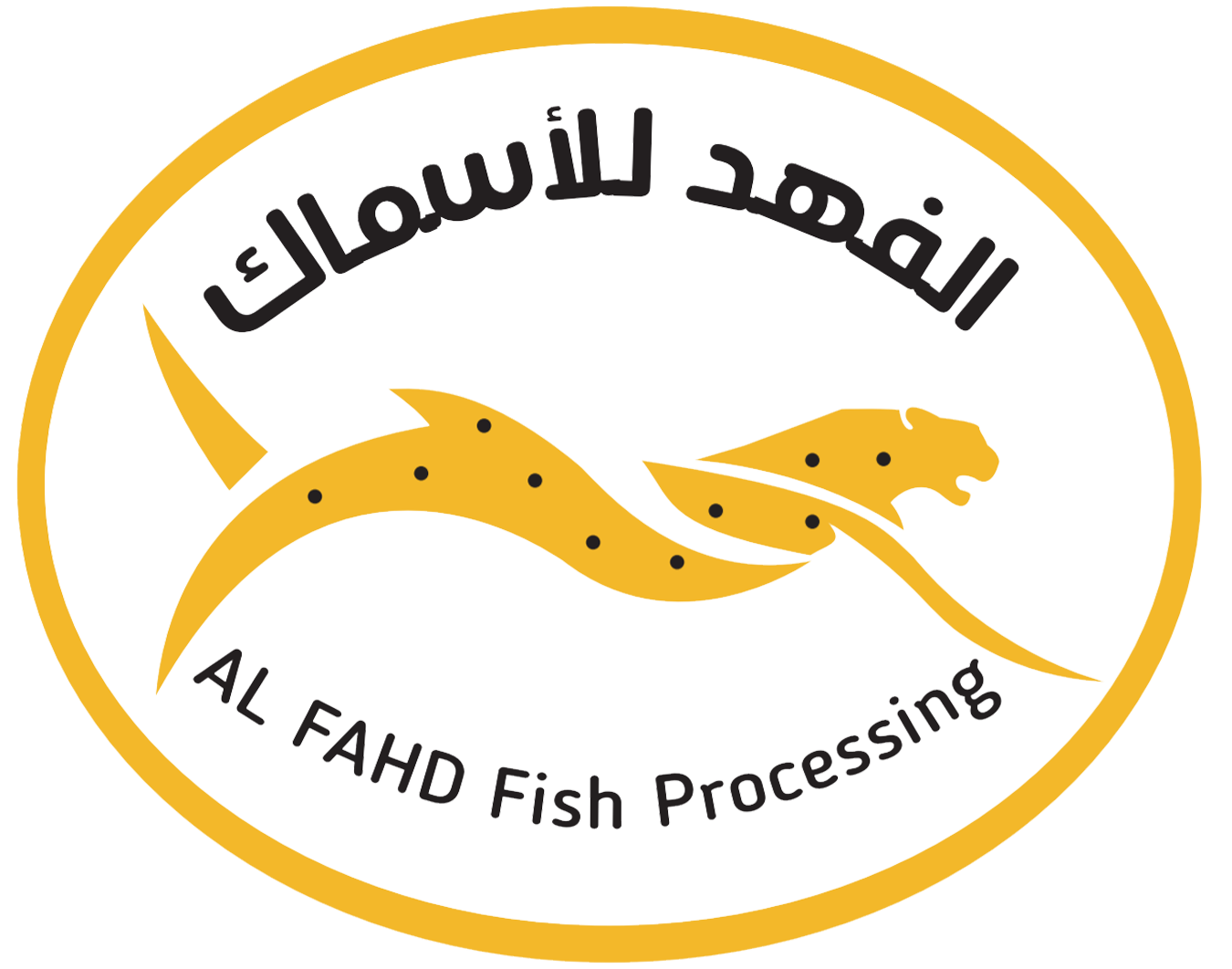Salmon
ــــــــــــــــــــــــــــــــــــ

Atlantic salmon, an anadromous species, have a complex life history which begins when they hatch as fry in their natal streams, then rear as juveniles in fresh water streams and tributaries and finally migrate to sea for their adult life history stage. This species usually spends two to three years in freshwater habitats before migrating to the ocean. They also spend two to three years in the ocean before returning to their natal streams to spawn. There are also lacustrine (lake dwelling) populations of Atlantic salmon, where the adults inhabit lakes and then migrate from lakes into the surrounding tributaries to spawn.
Most male Atlantic salmon die after they spawn the first time, while 10% to 40% of the females may survive and return to the sea in autumn or overwinter in rivers, feed one additional summer and then migrate to the ocean again. These individuals may spawn in the year following their first reproduction or may remain at sea for 18 months before returning once more to the river. Of the returning females, about 0.3 % to 6% spawn a second time and a very few spawn a third and fourth time.
3-4; 4-5; 5-6
- January: 18-22%
- March: 15-20%
- July: 20-24%
- September: 28-31%
- November: 28-30%
- Nutritional facts: The mackerel is rich in Omega-3 fatty acids and is an important source of vitamins A, D and B12. Mackerel is also a good source of healthy protein and selenium.
Season:
June – November
